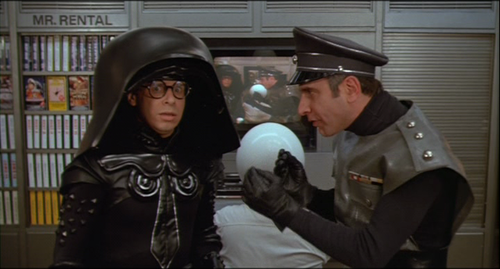Kerouac
weird musical dildo












STANDEL 520 S 1968
STANDEL
Model 520-S
“MODIFIED AND TRANSFORMED”
YOM: 1968 REVITALIZATION: 2003
SN: 1009M
Another fantastic STANDEL guitar by SAM KOONTZ from my collection. As I have repeatedly said: “Standel guitars are among the most underrated and undervalued guitars in the vintage marketplace.” But, this is not a regular STANDEL. It is an incredible transformation.
ABOUT THIS GUITAR.
Standard Features:
NUT WIDTH: 1 11/16”
LOWER BOUT WIDTH: 16’
BODY DEPTH AT SIDE: 1 5/8”
WOOD: Laminated Maple.
NECK: Mahogany (very slim-fast player)
FRETBOARD: Indian Rosewood
Super Modified High Performance Features and Enhancements of This Guitar:
I bought this guitar as a “wreck”. The structural features of it were still intact and strong with the neck straight but the finish was a mess and the pickups were just dull. I handed it over to a local luthier who is known more of a guitar “hot-rodder” than a “repair guy”. If you want a guitar “fixed”, take it somewhere else, but if you want a “resurrection event”, give him free reign.
For this one, I took the bridle off and let him have at it.
This is what he did:
1. Completely stripped the body down to the base blonde flamed maple. Neck was stripped as well.
2. Mixed “analine dyes” to reproduce a “true Nitrocellulose base finish” with “many many hand rubbed nitro clear coats on top”. Note: The “analine dyes were not applied directly to the body but rather were mixed with the lacquer, then layered on to achieve the “burst” and then top coated repeatedly over a six month period to create the incredible depth that you see on the guitar now.
3. Installed a matched set of 1980’s GIBSON LES PAUL MINI-HUMBUCKERS that brought life to this “TONE GIANT” while not affecting the structure of the guitar in any way through the use of custom cut and fitted pickup rings.
4. To get the maximum sound out of the pickups, a vintage GIBSON 60’s “switch craft 3 way” was used with original GIBSON 60’s braided wire. New 500K pots were used.
5. There is a MASTER VOLUME up at the treble bout.
6. Knobs came off a vintage FENDER Tele Custom.
7. Installed one of my favorite Tremolo systems, a 1960’s BIGSBY B-3 that is solid and true and works incredibly well on this guitar.
8. For the bridge, it took a bit of thinking and trying but finally a GRETSCH adjustable ROLLER BRIDGE was attached to a floating arch top base. This was a perfect match to the BIGSBY Tremolo and keeps the guitar in excellent tune.
9. From the backroom of his shop came a set of NOS late 60’s GROVER TUNERS that were a perfect match for the existing screw holes in the headstock.
10. And just to make it a real “show off”, an “ES 335” style pickguard, pickup rings, and truss cover were cut from multi-layer high quality “Pearloid”. The original fretboard inlays were cleaned and kept.
And this is what I got: Absolutely one of the best playing and sounding ES double cut guitars that I have ever known. It is just incredible. I would call it a “SONIC RUSH” coming from the GIBSON Mini HB’s resonating from the well-tempered body (age meets youth). I would call this more of a player guitar than a collector piece. It has the “creed” of a master built KOONTZ guitar but has been “hot-rodded” for the stage road.

